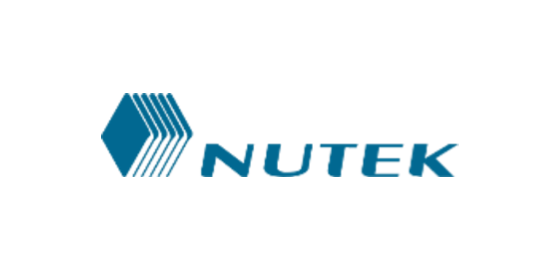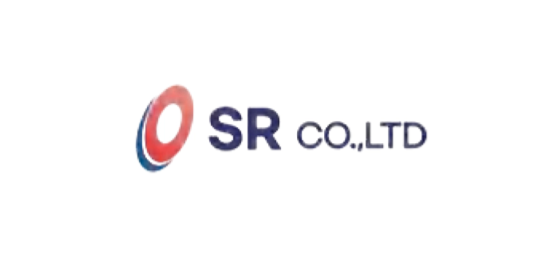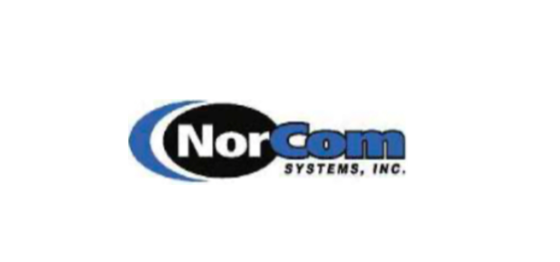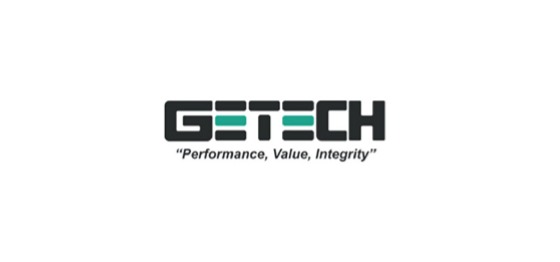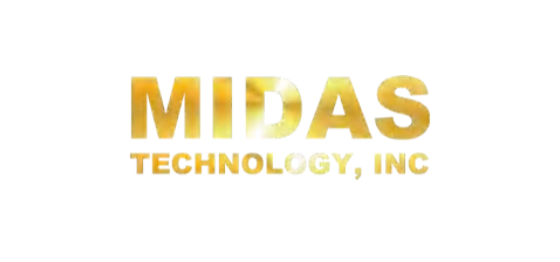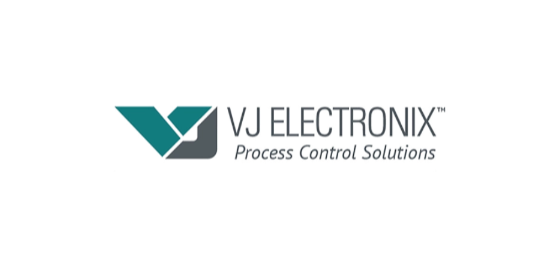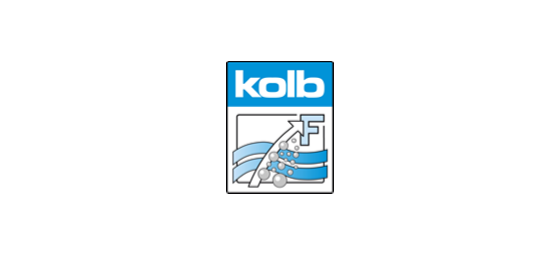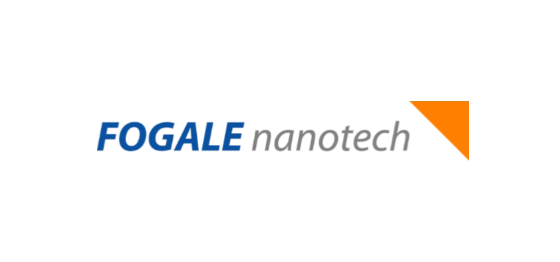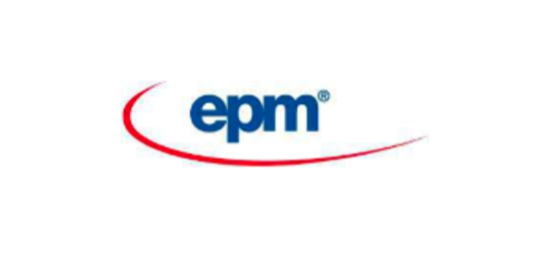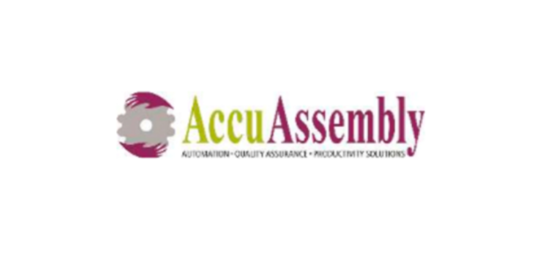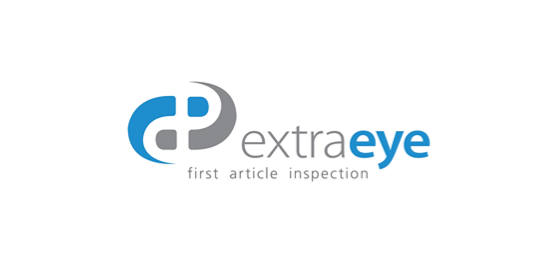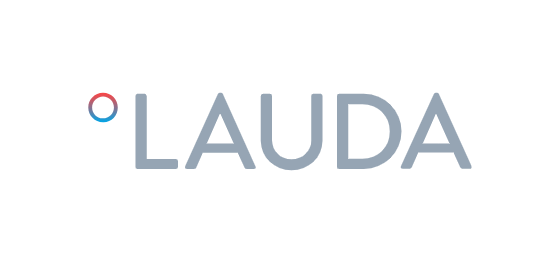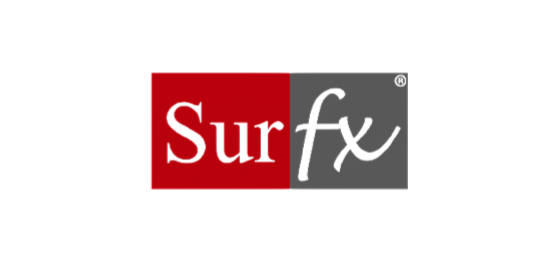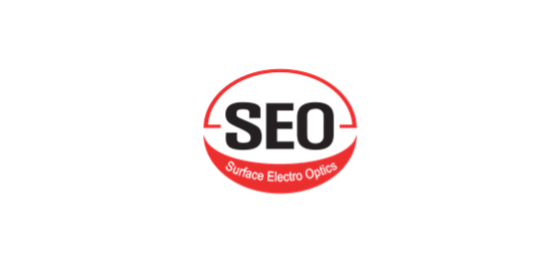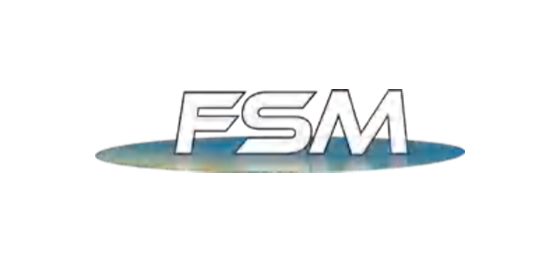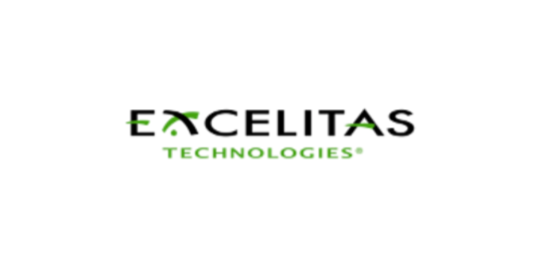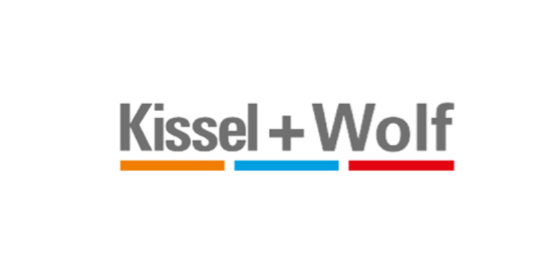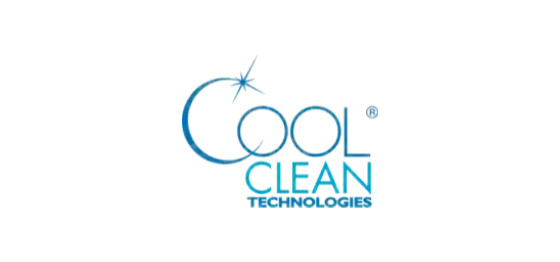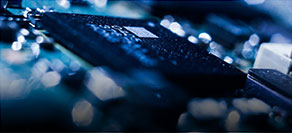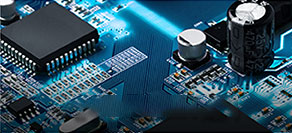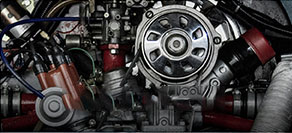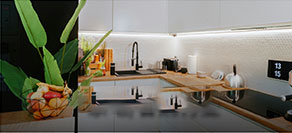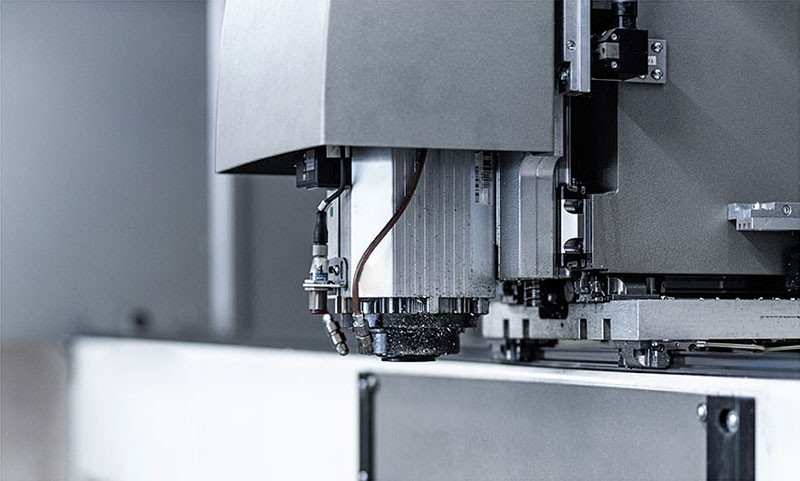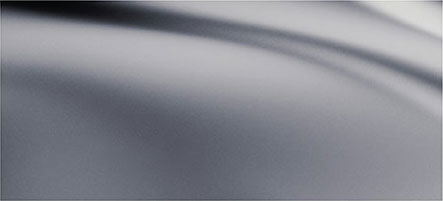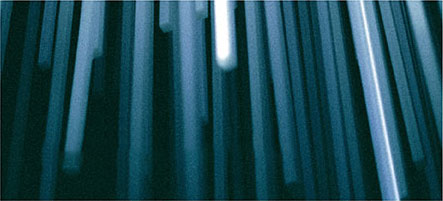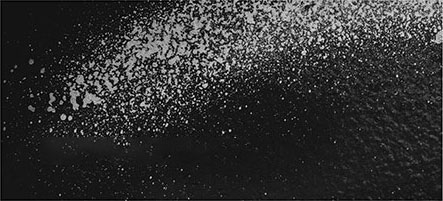-
-
- Rework Station
- Material Dispenser
- Dispensing System
- Laser Marking Workstation
- Automated Loading/Unloading Machine
- Cutting Machine
- Automated Optical Inspection (AOI) Machine
- Dispenser/Solder Paste/Pick-and-Place Smart Module
- PCBA Pre-Inspection Machine
- Oven Temperature Profiler
- Automatic Stencil Cleaning Machine
- Automatic Tool Cleaning Machine
- Multi-functional Cleaning Machine
- Automatic PCBA Cleaning Machine
- Scanning Acoustic Microscope (SAM)Sonoscan
- Automatic X-ray Inspection
- Cleaning Detergent
- PCB Laser Marking Machine
- Solder Paste
- Automatic Loader/Unloader
-
- Wafer Dicing Machine
- UV Curing Machine
- Automated Optical Inspection (AOI)
- Inline Vacuum Reflow Oven
- Contact Angle Meter
- 3D Non-Contact Profile Measurement System
- Temperature Control Equipment
- Lens Optical Transmittance Testing Machine
- Wafer Film and Tension Tester
- Atmospheric Plasma Cleaning Equipment
- Batch Plasma Treatment Equipment
- Wafer Plasma Treatment System
- Vacuum Plasma Treatment System
- High-Performance Surface Coating System
- Optical Inspection System
- X-ray Inspection
- Scanning Acoustic Microscope (SAM)
- Bond Tester
-
- Servo Motor Welding Head
- Parallel Seam Sealing System
- Resistance Welder
- Laser Cutting System
- TIG Micro Wire Welding Equipment
- Micro Laser Spot Welder
- Glove Box
- Ultrasonic Metal Welder
- CO2 Cleaning Machine
- UV Curing System
- Irradiator
- Leak Detector
- Cover Uncovering Machine
- Vertical Smart Storage System
- Horizontal Smart Storage System
-
-
-
-




 Rework Station
Rework Station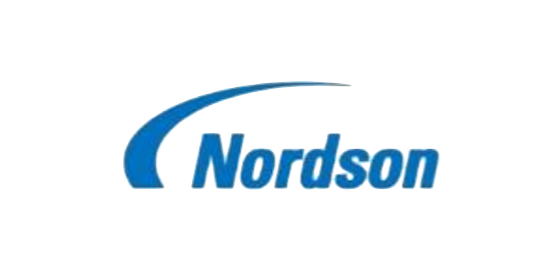
.png)

